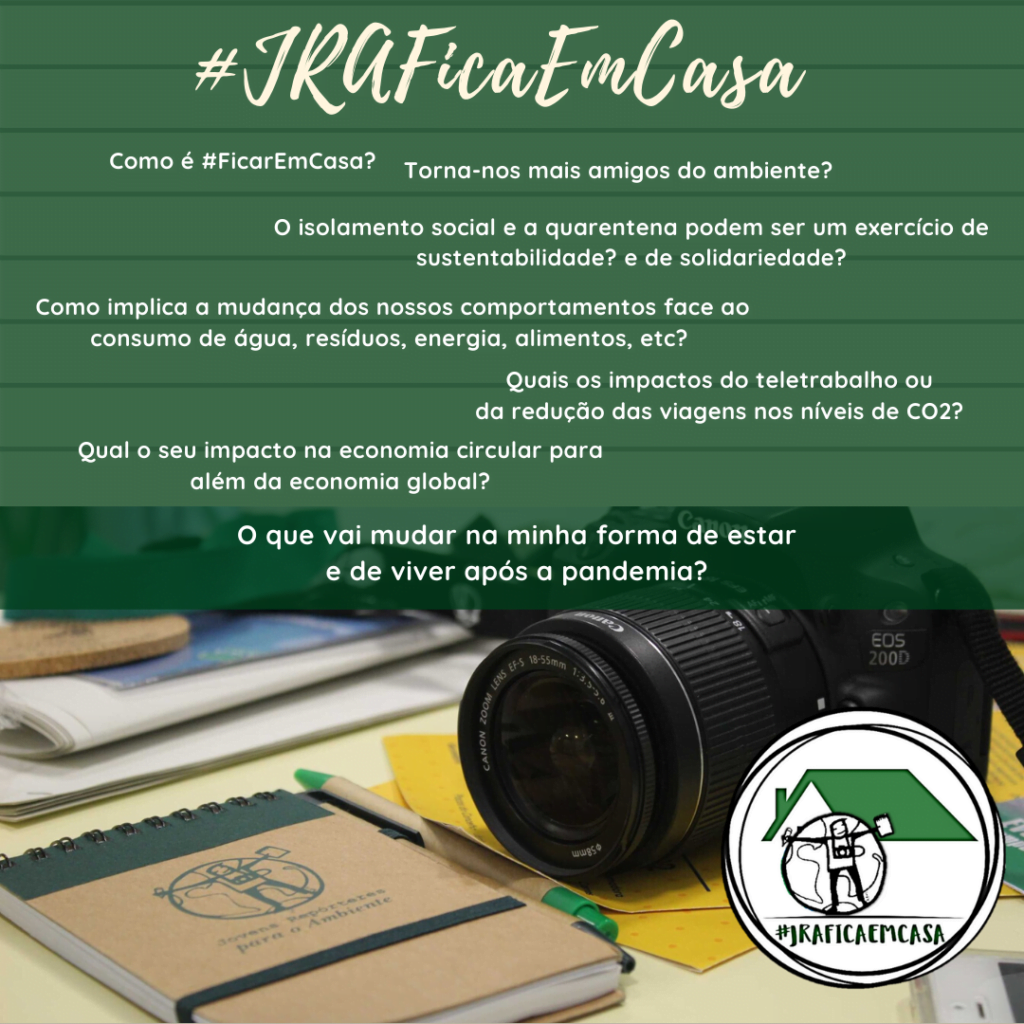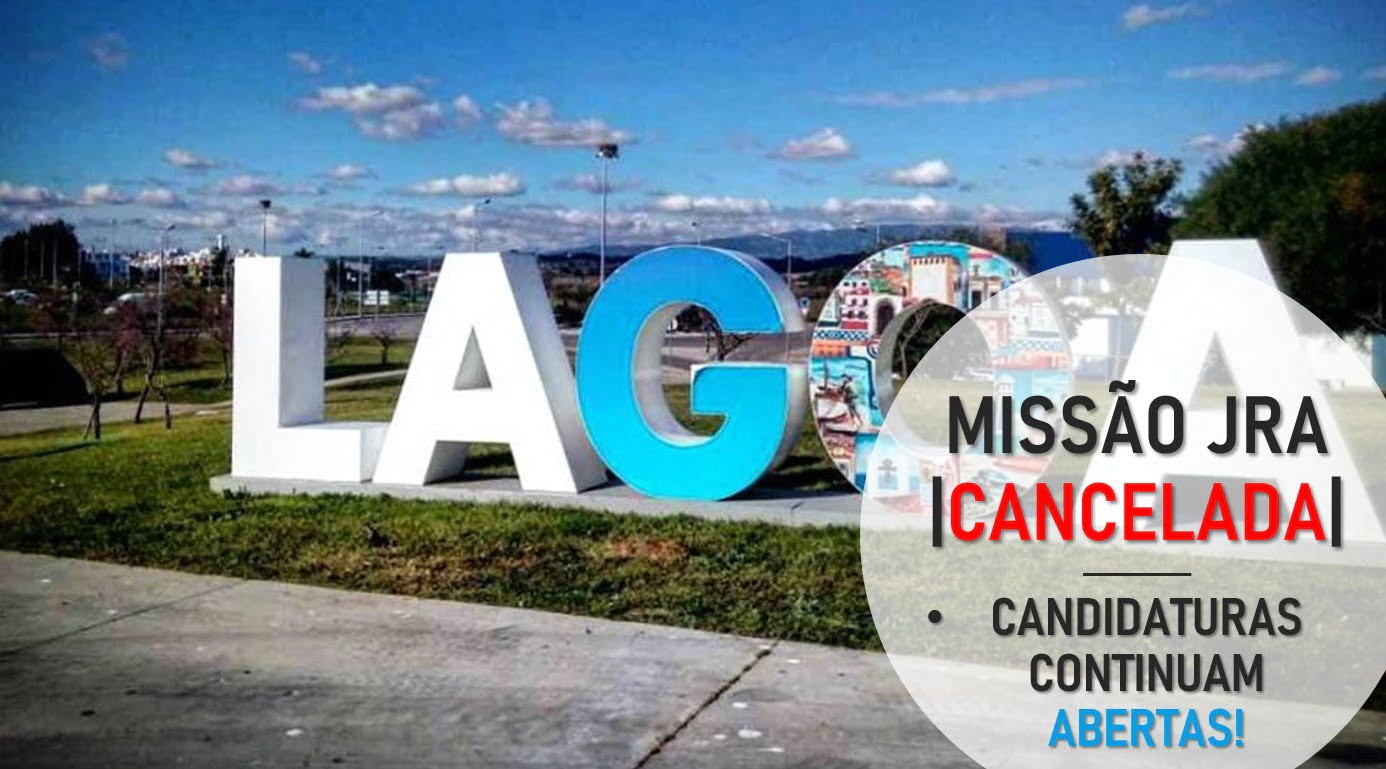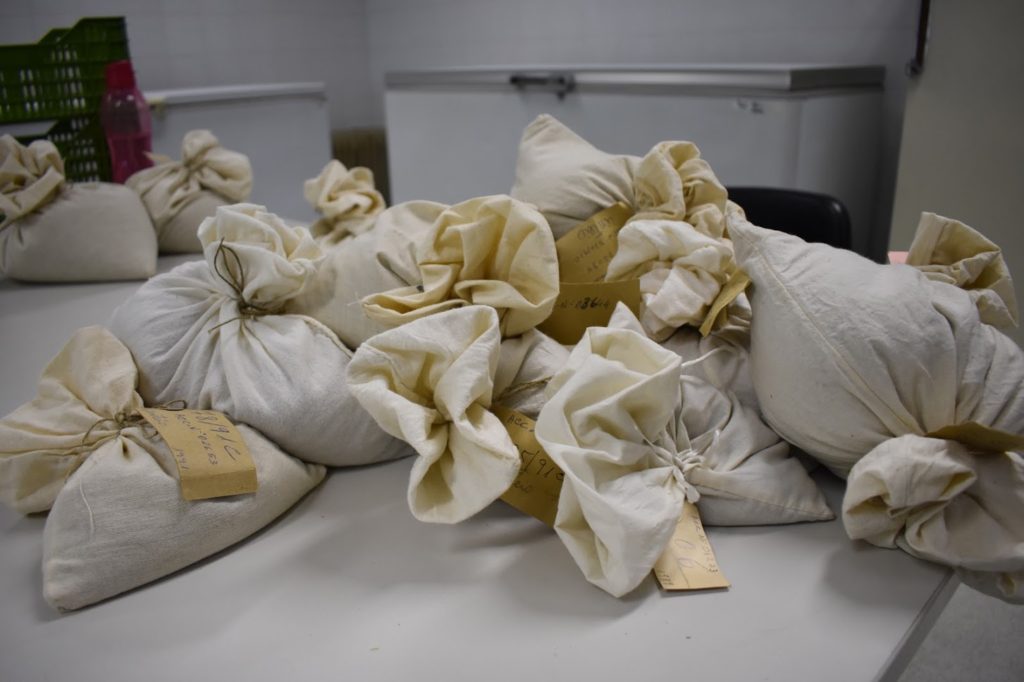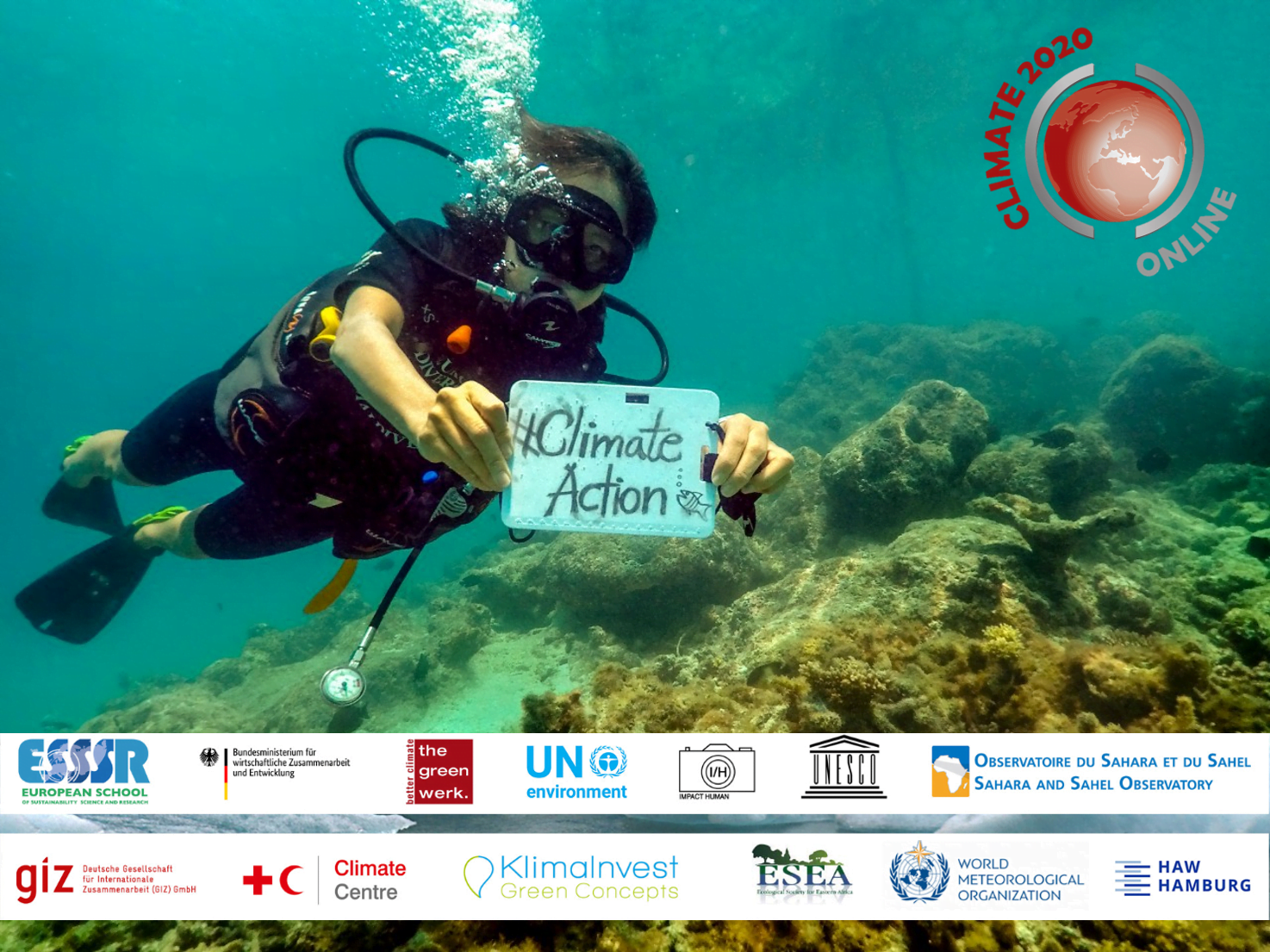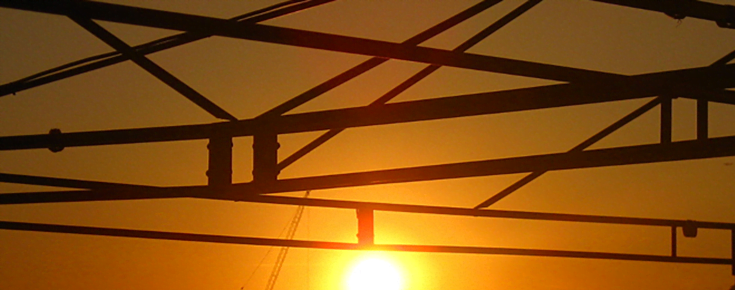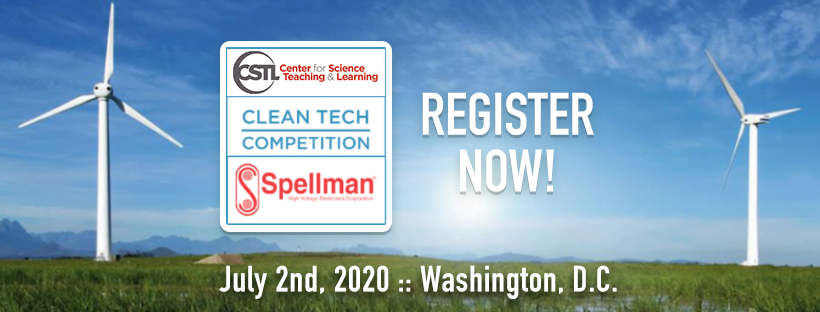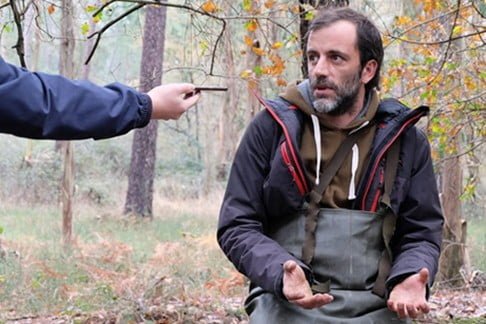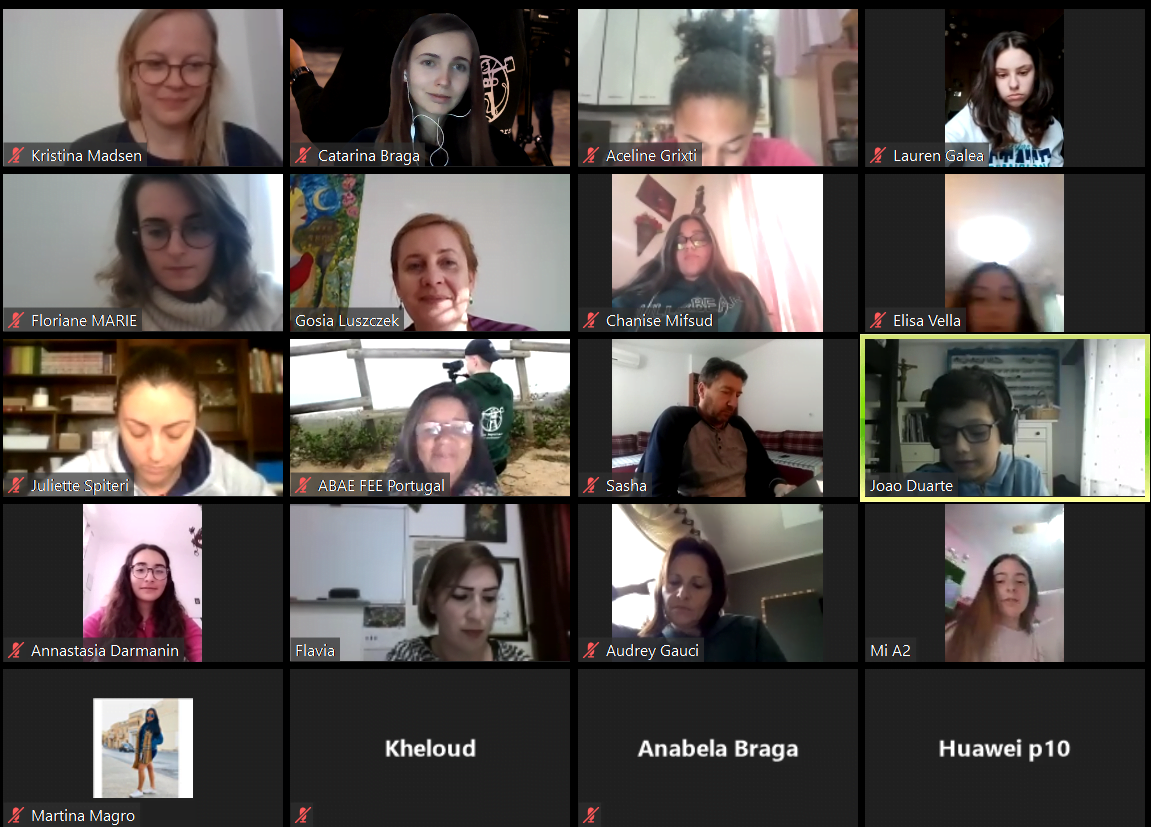
Iniciaram-se no dia 30 de março, as sessões online diárias com a comunidade Internacional de Jovens Repórteres para o Ambiente.
Este será um espaço dedicado à comunicação e partilha entre os alunos JRA dos diversos países, sendo também o contributo dos Professores bem-vindo no decorrer destas sessões.
A sessão de segunda-feira contou com a presença de alunos e Professores, maioritariamente Malteses, destacando-se o nosso Jovem Repórter para o Ambiente Português, João Duarte, pelo testemunho prestado acerca do que será, provavelmente, a realidade de muitos alunos Portugueses em tempos de quarentena.
O João teve oportunidade de explicar a todos os presentes que tem passado o seu tempo-livre em casa, ocupando-se com alguns passatempos como video-jogos e redes sociais. Os Professores têm enviado alguns trabalhos através dos Encarregados de Educação, de forma a conseguirem ter um melhor controlo sobre da informação que chega, efectivamente, aos alunos. Como não tem tido aulas online, o João considera a ocorrência destes Webinares uma forma de poder expressar a sua opinião e partilhar experiências de um jovem jornalista com outros alunos, bem como aprender “qualquer coisa nova todos os dias”.
Relembramos que na próxima quarta-feira (dia 1 de abril) às 14:00h irá decorrer o Seminário online de Fotografia por Vin Lee. Nesse mesmo dia, às 21:30h temos também encontro marcado, a nível nacional, com os Jovens Repórteres para o Ambiente (Professores e Alunos) interessados em debater o papel do jornalismo no contexto atual, o COVID-19 e a Sustentabilidade, entre outros assuntos que queiram partilhar. Recordamos também que continua a decorrer a iniciativa #JRAFicaEmCasa – ver mais informação neste link: https://jra.abaae.pt/



